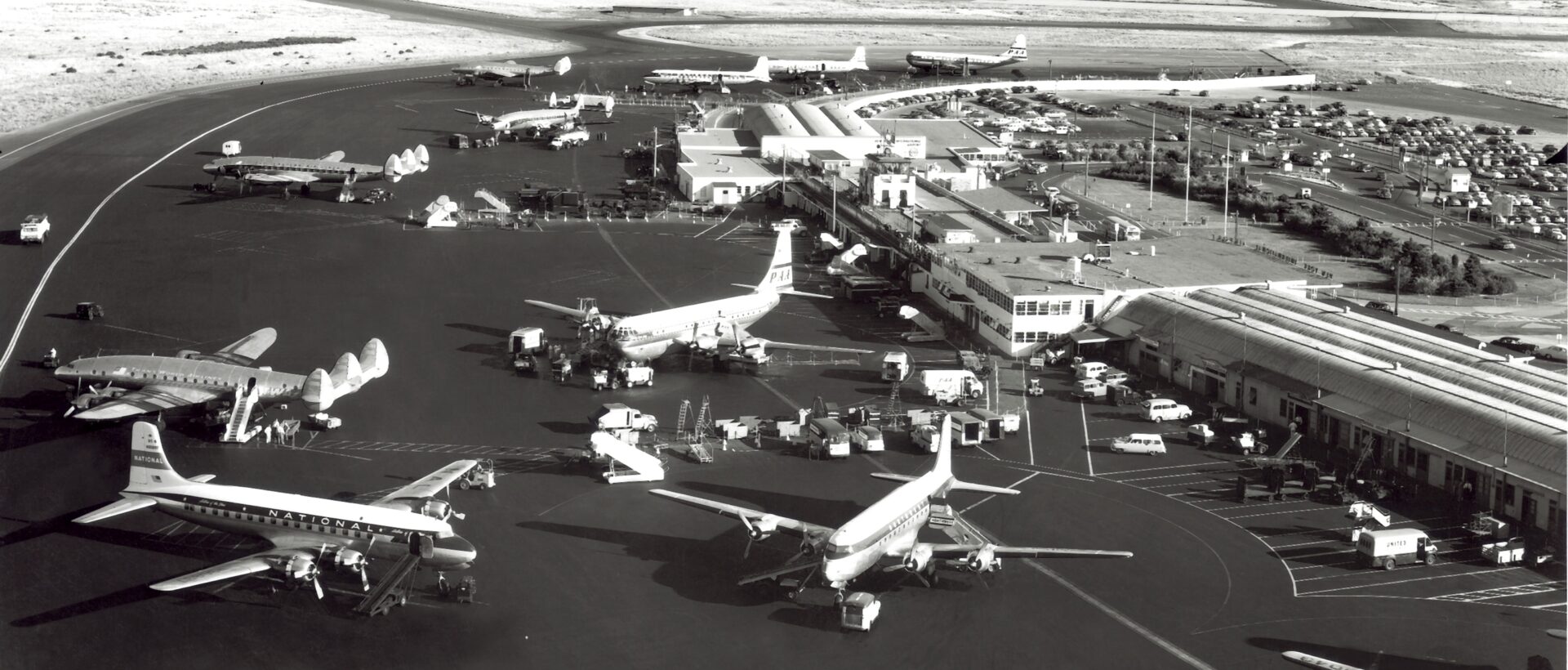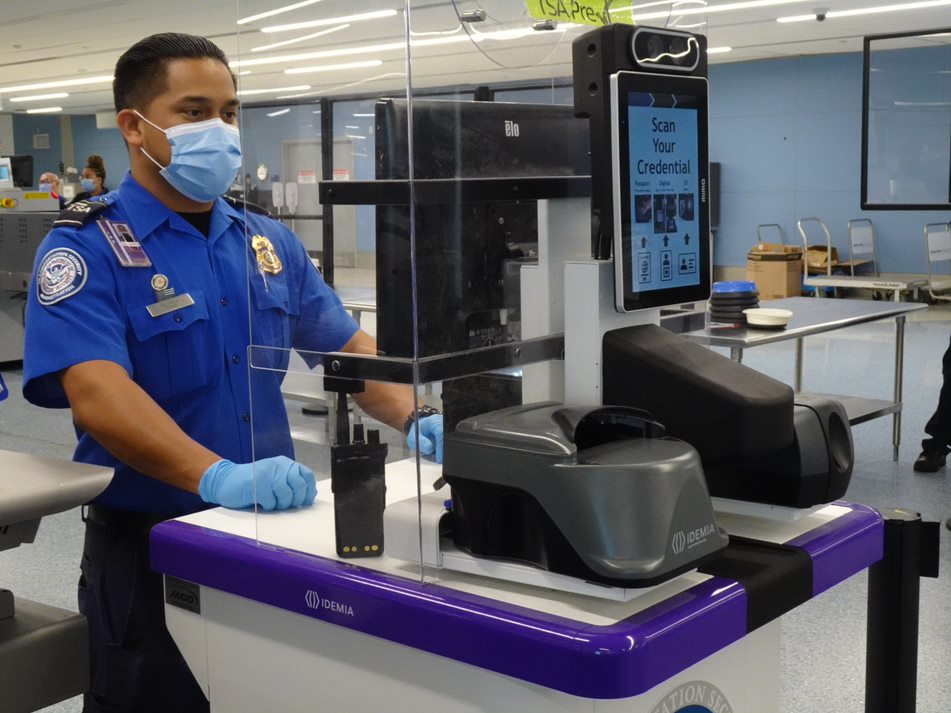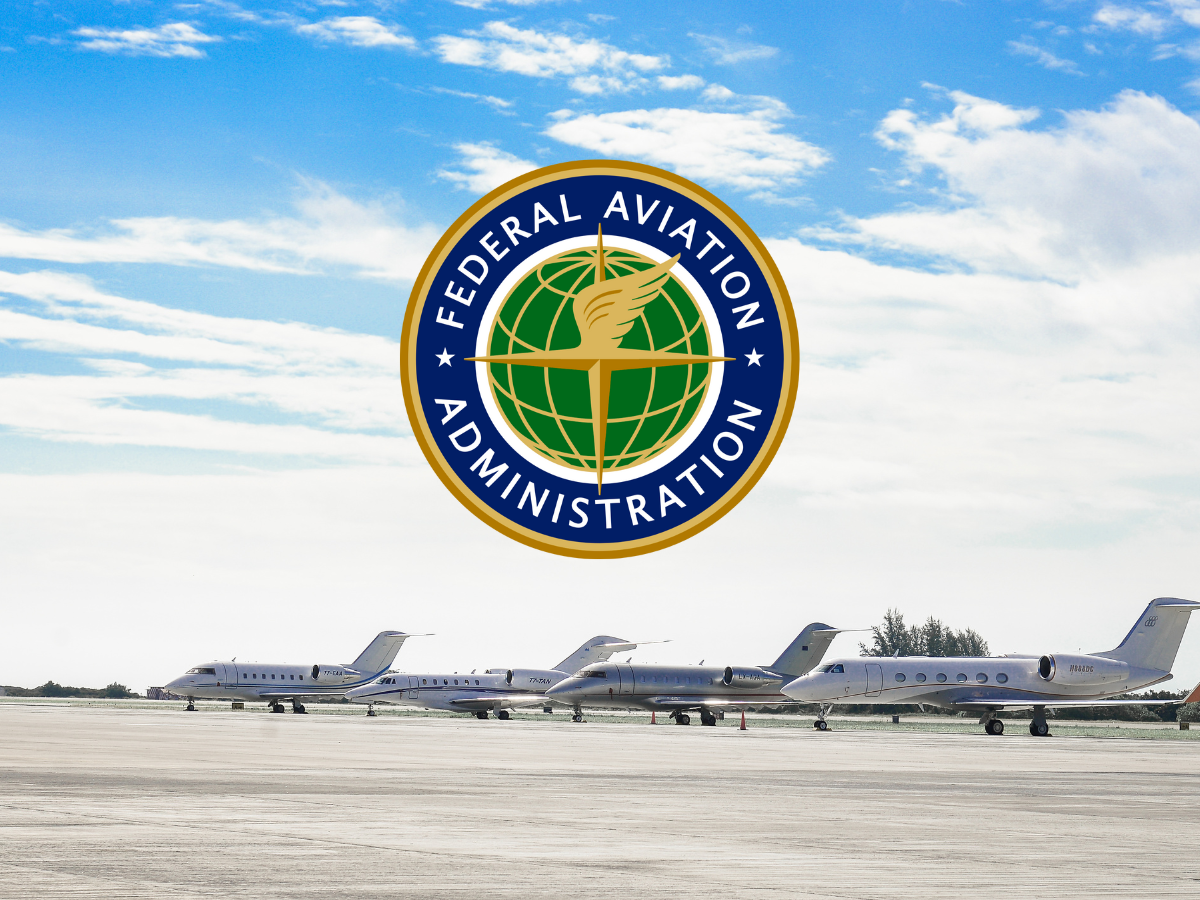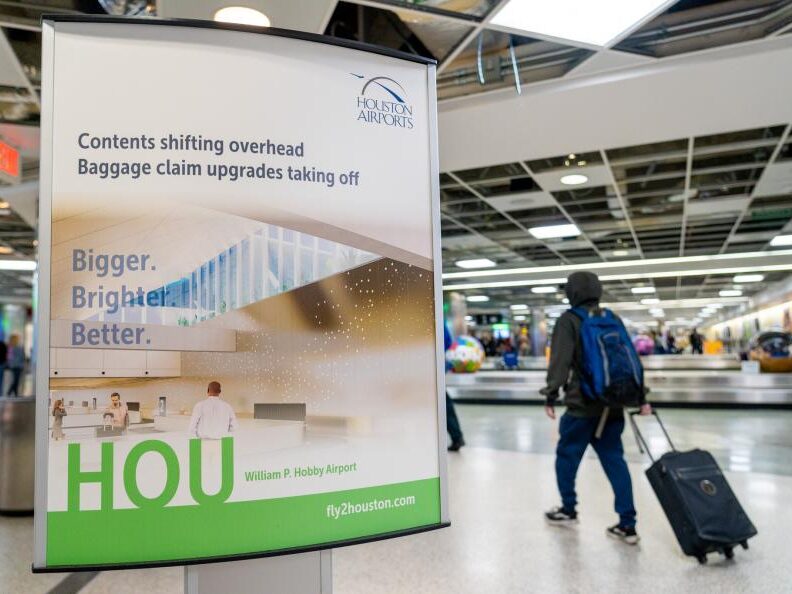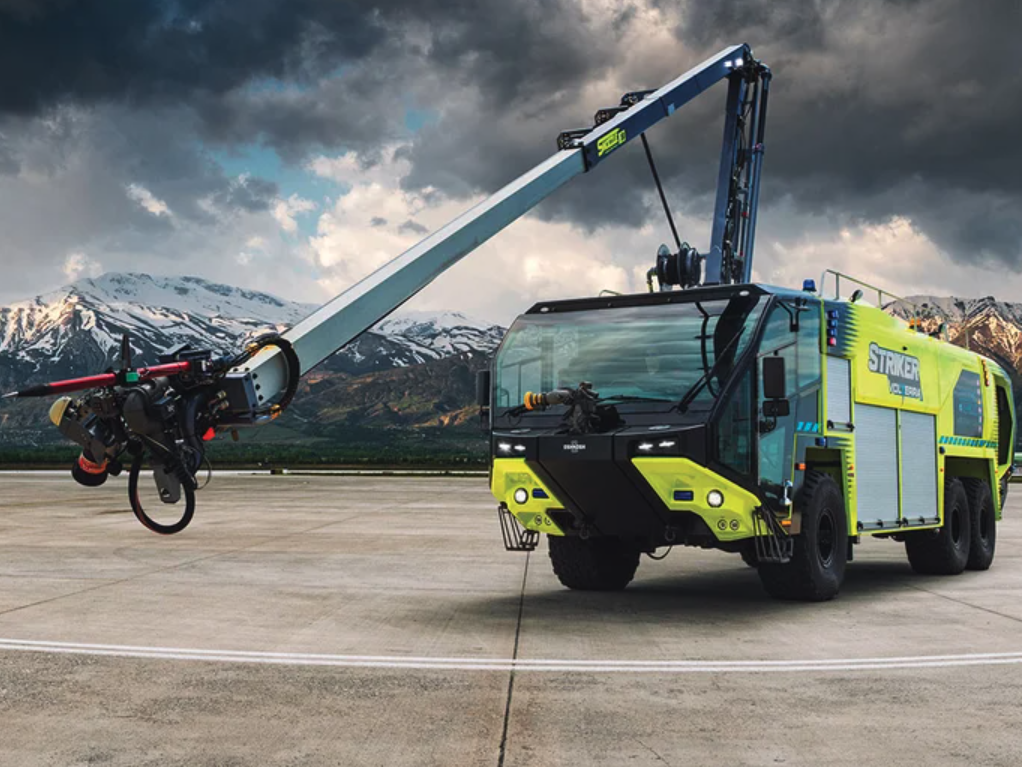Atlanta Hartsfield-Jackson International Airport (ATL) has maintained its position as the world’s busiest airport for 2024, according to OAG’s annual report.
With 62.7 million seats available last year, ATL leads the global rankings for combined domestic and international capacity.
Despite a modest 2% year-on-year growth, ATL’s capacity remains just below pre-pandemic levels, trailing 2019 figures by 1%.
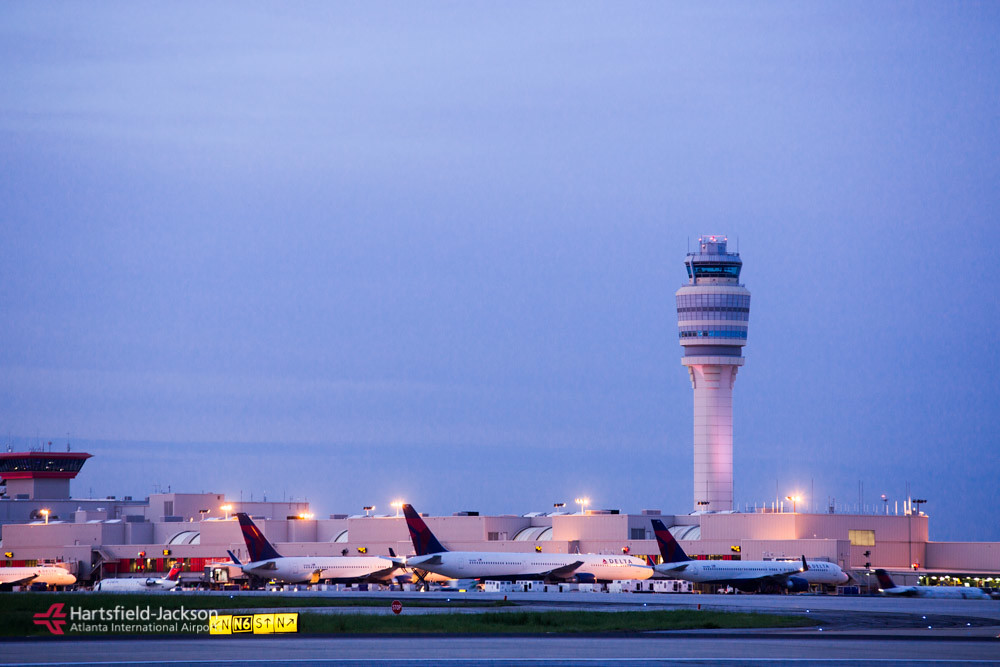
Overall, the top 10 busiest airports for 2024 include diverse geographical distribution, with four in North America, three in Asia, two in Europe, and one in the Middle East.
Key findings include:
- Dubai International Airport (DXB): Ranked second, DXB continues to dominate international capacity, achieving a 7% year-on-year increase with 6.2 million seats.
- Tokyo Haneda (HND): Secures third place, boasting 55.2 million seats and a 5% capacity growth from 2023.
- London Heathrow (LHR): Europe’s busiest airport (followed by IST and CDG), ranked fourth, recorded 51.5 million seats.
- Dallas Fort Worth (DFW) and Denver International (DEN): Both US airports reported remarkable growth, with capacities rising 18% and 24%, respectively, positioning them fifth and sixth.
- Guangzhou Baiyun (CAN) and Istanbul (IST): Continued their upward trajectory, with CAN in seventh place and IST advancing to eighth.
- Shanghai Pudong (PVG): This year, PVG surged into ninth place (up from 15th), driven by a 29% year-on-year capacity increase — the highest among the top 10.
The report highlights the aviation sector’s robust recovery following the global pandemic. Notably, airports such as PVG and CAN have benefited from China’s easing travel restrictions and rising demand this year.
OAG’s Chief Analyst, John Grant said:With growth across all regions of the world, the ten busiest airports once again reflect the strong recovery in the aviation sector in the last two years. From the successes in Dallas Ft Worth and Guangzhou to the more recent rapid recovery in capacity at Shanghai Pudong, airlines continue to power ahead with new routes and services despite the supply chain challenges of the post-pandemic world.







